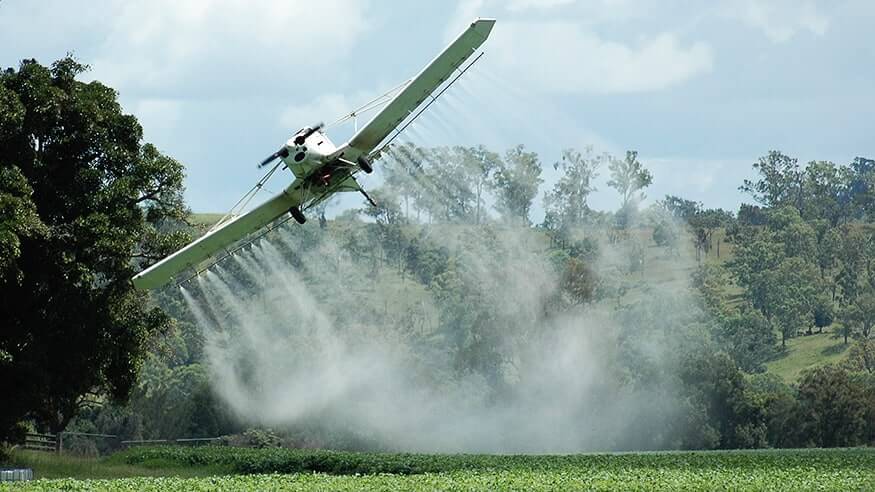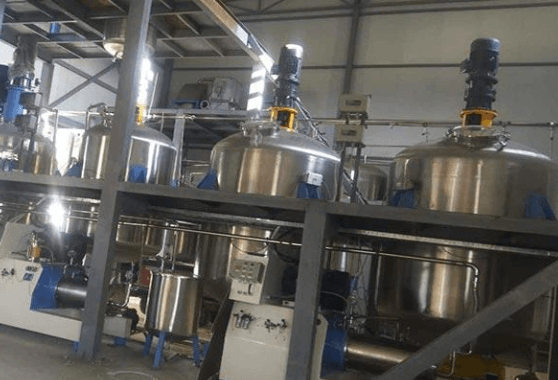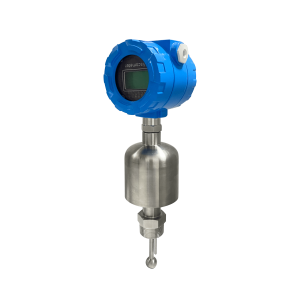Pesticide concentration and pesticide viscosity are two primary parameters that directly determine product quality. Their stability and rationality run through the entire pesticide production process and pesticide formulation process, leaving crucial impact on the efficacy, stability, safety and usability of pesticides.
I. Impact of Pesticide Concentration on Product Quality
Pesticide concentration refers to the content of active ingredients or effective components in the pesticide product. Its accuracy and stability are key factors affecting the core quality of pesticides.
1. Influence on Pesticide Efficacy
The concentration of active ingredients determines the pesticide's ability to control pests, diseases or weeds. If the concentration is too low, the active ingredients in the unit volume of the pesticide cannot reach the effective dose required to kill or inhibit the target organisms.
On the contrary, if the concentration is too high, it will bring a series of problems. On the one hand, it may cause phytotoxicity to crops. High concentrations of active ingredients may damage the physiological structure of crop leaves, stems or roots, resulting in leaf yellowing, wilting, fruit deformity and other phenomena.
On the other hand, excessive concentration will also increase the residue of pesticides in the environment and crops, which not only pollutes soil and water sources but also poses potential risks to human and animal health through the food chain.

2. Influence on Product Stability
In the pesticide formulation process, the concentration of the solution system affects the physical and chemical stability of the product. For example, in emulsifiable concentrate pesticides, if the concentration of the original drug is too high and exceeds its solubility in the solvent, it is easy to cause crystallization or precipitation during storage.
This not only reduces the uniformity of the product but also makes the concentration of active ingredients in different parts inconsistent. In addition, for pesticide products that need to undergo chemical reactions during production, the concentration of reactants affects the reaction equilibrium and product purity.
Abnormal concentration may lead to incomplete reactions or the generation of more by-products, which will reduce the effective content of the product and even introduce harmful impurities.
3. Influence on Batch Consistency
Stable concentration varying in batches may ruin the reputation of producers or manufacturers. Obvious concentration differences worsen the efficacy and safety of products in different periods.
II. Impact of Pesticide Viscosity on Product Quality
Pesticide viscosity is a physical property that reflects the fluidity and internal friction of pesticide formulations. It is closely related to the stability, usability and application effect of the product.
1. Influence on Physical Stability of Products
Viscosity is a key factor maintaining the dispersion state of particles or droplets in pesticide formulations. For suspending agent pesticides, an appropriate viscosity can form a stable colloidal system, which wraps and suspends the solid active ingredient particles evenly in the medium.
If the viscosity is too low, the gravity of the particles will exceed the resistance of the medium, leading to particle sedimentation during storage. After sedimentation, the particles are easy to agglomerate, and even if they are shaken, it is difficult to restore the uniform state, resulting in uneven distribution of active ingredients. When applied, the concentration of the part with more particles is too high, while the concentration of the part with fewer particles is too low, seriously affecting the control effect. For emulsions such as microemulsions, proper viscosity can ensure the stability of the emulsion droplets. If the viscosity is too low, the emulsion droplets are easy to coalesce, leading to emulsion breaking and stratification. Conversely, if the viscosity is too high, the fluidity of the product is poor, which will cause difficulties in production, such as blockage of pipelines during transportation and uneven mixing during the production process.
2. Influence on Usability and Application Effect
Viscosity directly affects the usability of pesticides during application. Pesticides with moderate viscosity have good fluidity, which is convenient for dilution and spraying. For example, aqueous pesticides with appropriate viscosity can be easily mixed with water in any proportion, and the spray liquid can be evenly atomized through the sprayer, ensuring that the pesticide is uniformly attached to the surface of crops. If the viscosity is too high, the pesticide is difficult to dilute, and the sprayer is easy to block during spraying, which not only reduces the work efficiency but also makes the pesticide unable to be evenly applied. In addition, high-viscosity pesticides are easy to form thick liquid films on the crop surface, which may cause phytotoxicity in severe cases. For paste or colloid pesticides used for smear, viscosity determines their adhesion and spreadability. Proper viscosity can make the pesticide firmly adhere to the application site and spread evenly, ensuring effective absorption by crops or pests. If the viscosity is too low, the paste is easy to flow and lose, reducing the effective utilization rate; if the viscosity is too high, it is difficult to spread, resulting in uneven distribution.
3. Influence on Storage and Transportation Performance
Viscosity also affects the storage and transportation performance of pesticide products. Pesticides with stable viscosity are not easy to change their physical state during storage and transportation. For example, low-viscosity liquid pesticides with appropriate viscosity are not easy to leak during transportation, and high-viscosity pastes are not easy to deform or separate under external force. If the viscosity is unstable, such as significant viscosity reduction due to high temperature during storage, it may lead to changes in the product's physical properties, such as increased fluidity and easy leakage; or if the viscosity increases due to low temperature, it may cause the product to harden, making it difficult to take out and use normally.

III. Synergistic Impact of Concentration and Viscosity on Product Quality
In the actual manufacturing process of pesticides, pesticide concentration and pesticide viscosity do not affect product quality independently but interact and synergize. A reasonable matching of concentration and viscosity is the key to ensuring high-quality pesticides. For example, in the production of suspending agents, the concentration of active ingredients determines the efficacy, while the viscosity ensures the uniform dispersion of these active ingredients. Only when the concentration is accurate and the viscosity is appropriate can the active ingredients be stably present in the preparation and exert their efficacy evenly. If the concentration is correct, but the viscosity is too low, the active ingredient particles will settle, resulting in uneven concentration in actual use; if the viscosity is appropriate but the concentration is incorrect, it will still lead to problems such as insufficient efficacy or phytotoxicity. In the emulsification process of emulsifiable concentrates, the concentration of the original drug and emulsifier affects the formation of the emulsion, and the viscosity affects the stability of the emulsion system. The two work together to ensure that the emulsifiable concentrate remains uniform and stable during storage and use, and can exert its efficacy effectively after dilution.
In conclusion, in the pesticide production process, strict control of pesticide concentration and pesticide viscosity is an important guarantee for improving product quality. Through real-time monitoring and regulation of these two parameters by instruments such as on-line concentration meters and on-line viscometers (such as the high-performance products provided by Lonnmeter), pesticide enterprises can ensure the stability of product efficacy, enhance physical and chemical stability, improve usability, and thus produce high-quality pesticide products that meet the requirements of agricultural production and environmental safety.
Contact us to get a ROI report if you invest in process optimization.
Post time: Aug-21-2025











